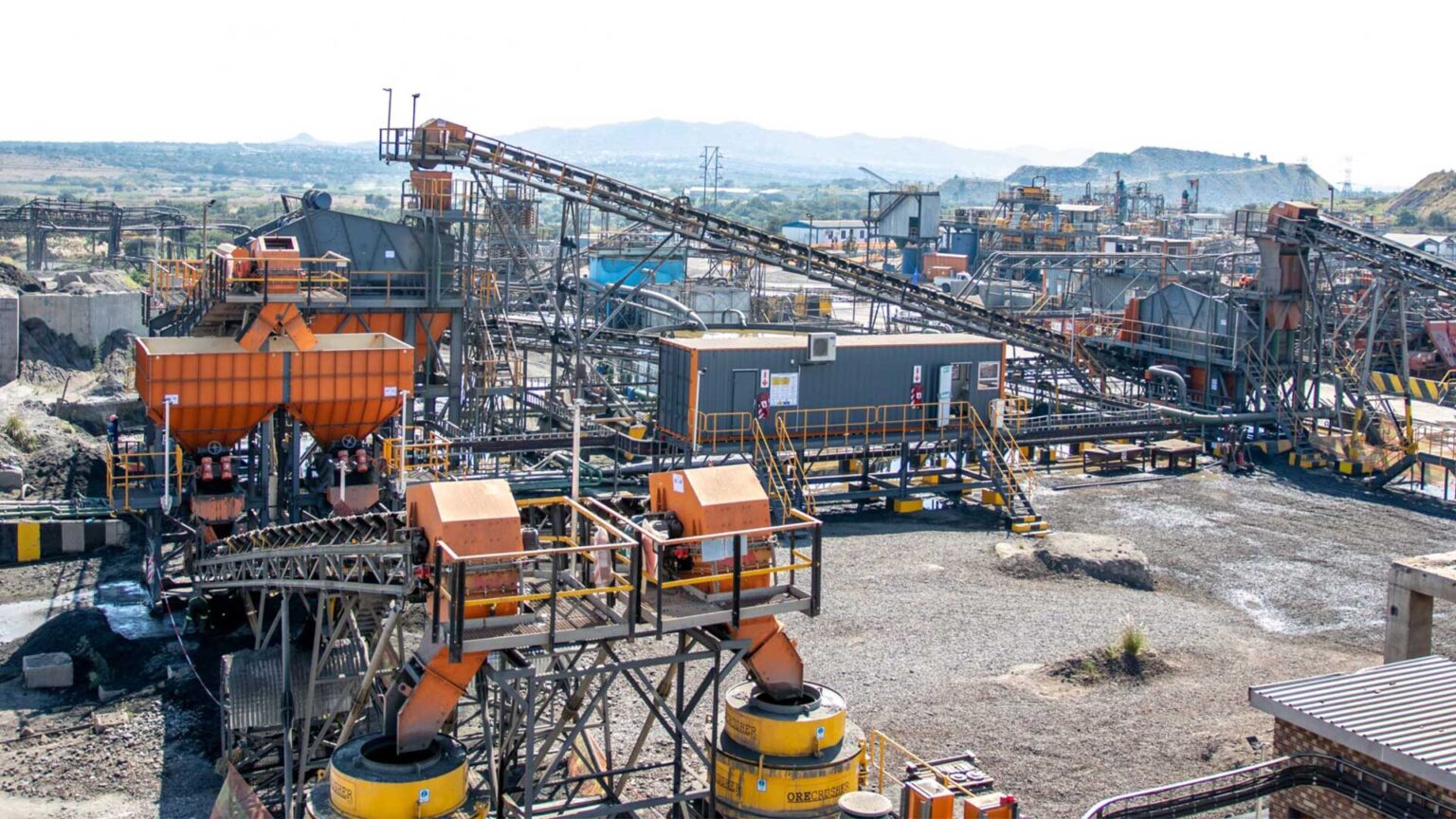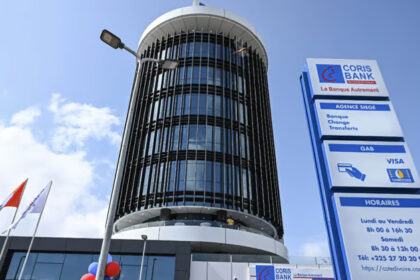At a Glance
- Jubilee Metals secures $15 million to fund its strategic copper growth plan in Zambia.
- The $90 million South African asset sale supports Jubilee’s Three-Pillar copper strategy.
- Upgrades at Sable Refinery to boost Zambia’s copper production capacity to 14,000 tonnes yearly.
Jubilee Metals Group Plc, the London-listed metals recovery company led by Chief Executive Leon Coetzer, has received an initial $15 million payment from the sale of its chrome and platinum group metals operations in South Africa.
The payment marks an early milestone in the company’s shift toward copper production in Zambia, a move Coetzer describes as both strategic and necessary for long-term growth.
The proceeds follow shareholder approval of the sale in August and come as Jubilee awaits final clearance from South Africa’s Competition Commission.
The full transaction, valued at up to $90 million, is expected to close before the end of 2025, allowing the company to complete its planned exit from the South African processing business.
Zambia strategy takes center stage
Once the divestment is finalized, Jubilee plans to channel the funds into its “Three-Pillar Strategy” in Zambia, an initiative aimed at building a fully integrated copper business.
The plan centers on three core assets: the Roan Concentrator, the Sable Refinery, and the Large Waste Project. Together, they represent Jubilee’s evolution from reclaiming waste metals to producing refined copper for export.
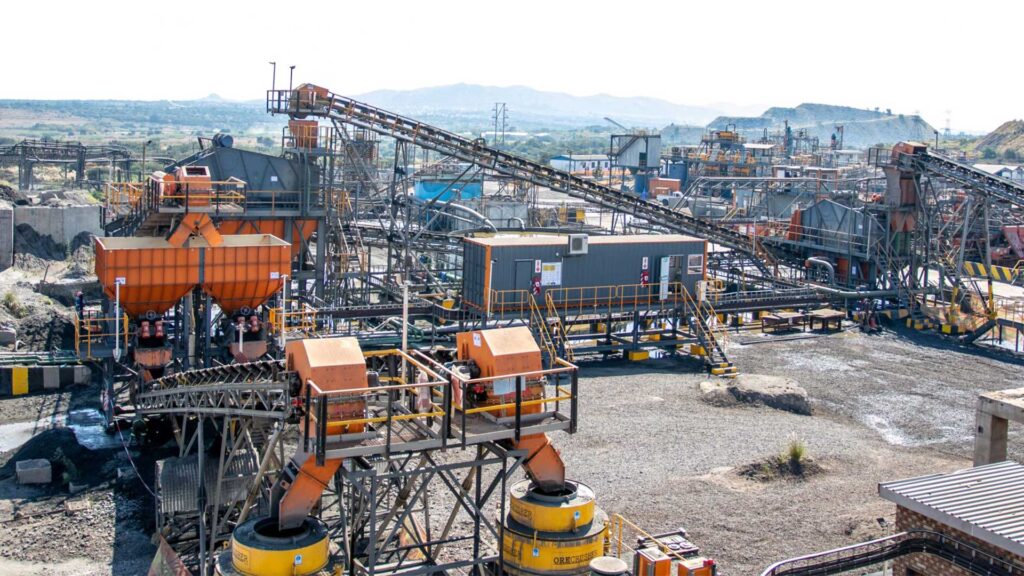
In its latest operational update, Jubilee reported that the Roan plant delivered 915 tonnes of copper concentrate in the first quarter of fiscal 2026, meeting internal targets.
The Sable Refinery is undergoing a $5.5 million upgrade that will raise annual capacity to 14,000 tonnes of copper units. Feed for the refinery will come from the nearby Molefe Mine, formerly known as Munkoyo, which is projected to produce 8,500 tonnes of high-grade ore per month by mid-2026.
Meanwhile, progress continues at the Large Waste Project, which seeks to extract copper from roughly 240 million tonnes of surface material left behind by earlier mining operations.
Jubilee has paid about half of the $18 million acquisition cost and is in talks with potential partners to speed up development.
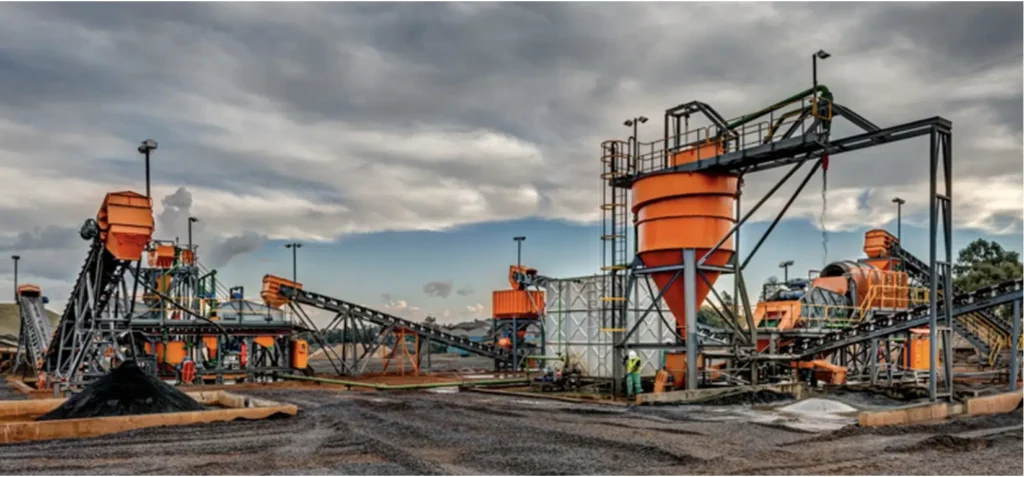
Sale signals sharper focus
For Coetzer, the sale marks a turning point. Jubilee’s South African chrome and platinum operations provided steady income for years, but the business offered limited growth. The company now sees its future in copper, a metal increasingly vital to the world’s clean energy transition.
“The Three-Pillar Strategy gives us flexibility and resilience in-country while opening meaningful growth opportunities,” Coetzer said. “We are on track to become a fully integrated copper producer in Zambia.”
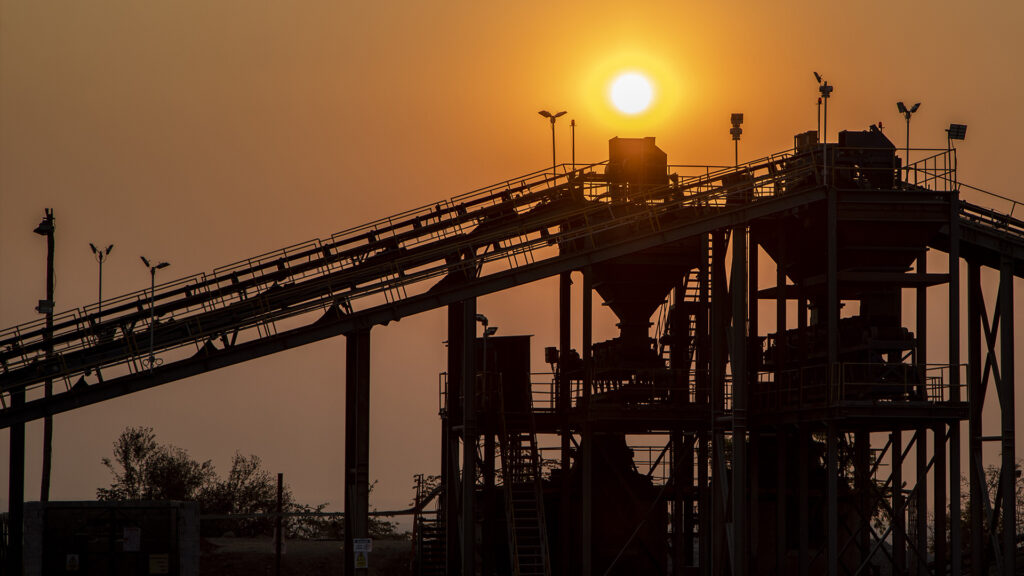
Execution and funding remain key
Jubilee’s transition is ambitious but achievable, depending on timely approvals, the smooth completion of the sale, and adequate funding. Zambia’s rainy season could slow short-term output, but the long-term outlook remains positive.
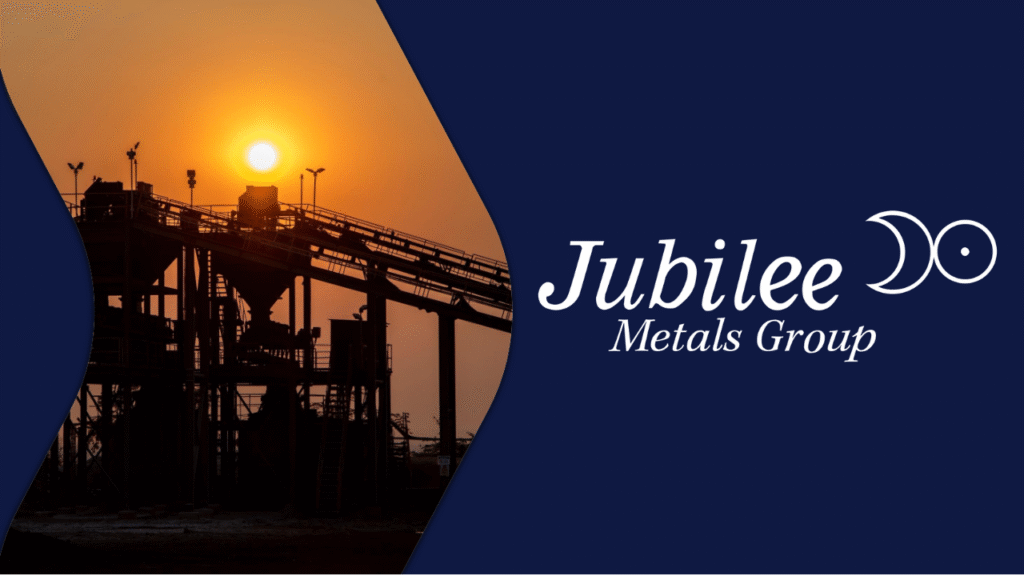
With copper prices supported by demand from renewable energy and infrastructure projects, Jubilee’s bet on Zambia mirrors a wider shift among mid-tier miners looking to increase exposure to the red metal.
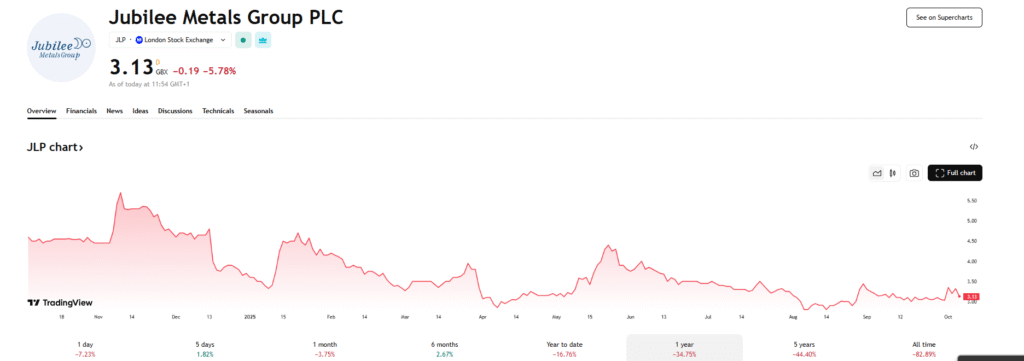
Founded in 2002, Jubilee has spent more than two decades refining its metals recovery expertise across southern Africa. The coming year will test whether its bold copper expansion can deliver the next phase of growth investors expect.

